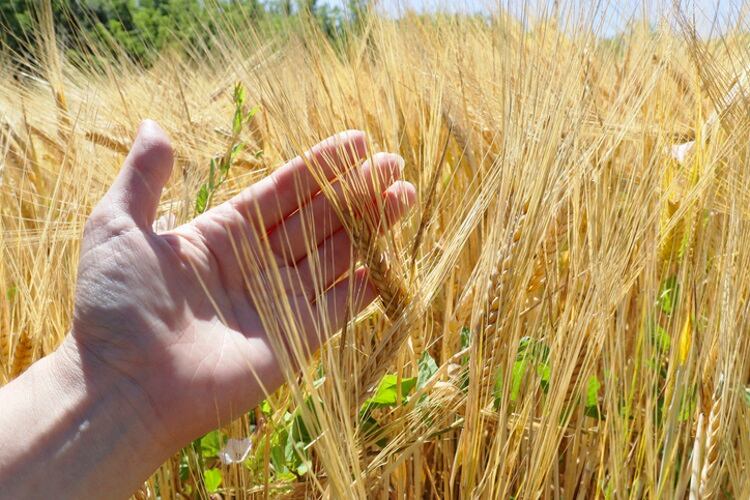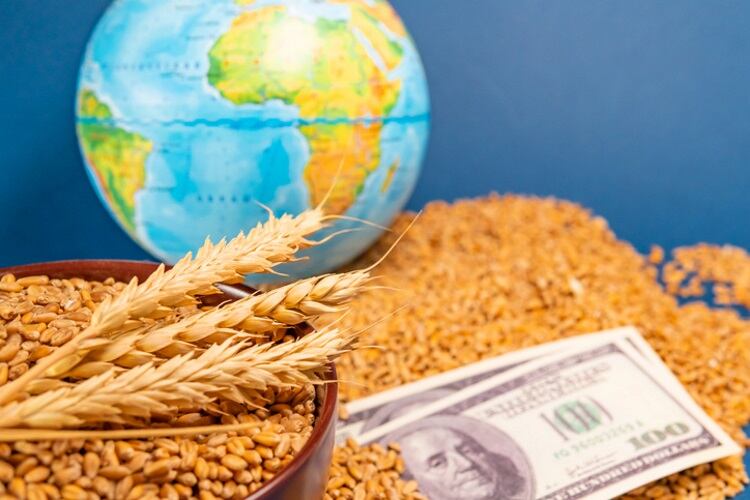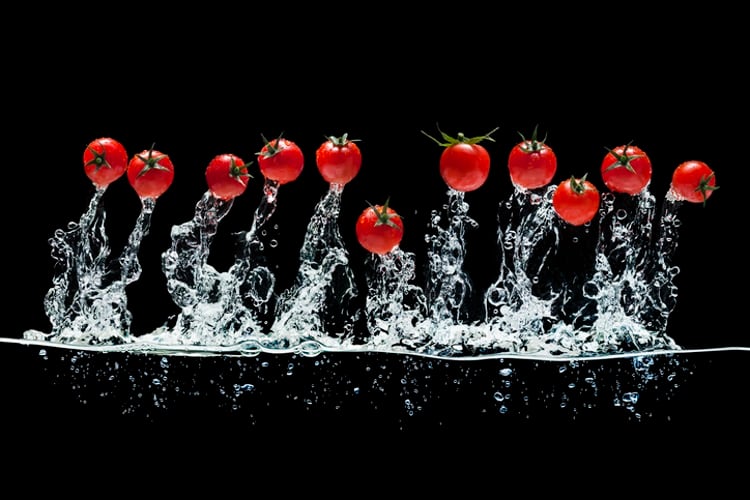Global food systems are responsible for a whopping 34% of greenhouse gas emissions (GHGs), according to the Food and Agriculture Organization. Even more staggering is the fact that nearly three-quarters of those emissions are a result of on-farm practices.
In fact, Nestlé’s admits that two-thirds of its GHGs come from sourcing ingredients, which is rooted in agriculture.
As part of its detailed roadmap to achieve net-zero emissions by 2050, the company aims to source 20% of its key ingredients through regenerative methods by 2025, upping this to 50% by 2030.
What are regeneratively grown ingredients?

Sourcing regeneratively grown ingredients on a large scale can make an incredible difference when it comes to combating climate change.
In a nutshell, regenerative agriculture (RA) is an outcome-based food production system that nurtures and restores soil health; protects the climate, water resources and biodiversity; and enhances a farm’s productivity and profitability. Practices include improving soil health and fertility; using less water, energy and fertiliser; maximising plant or crop biodiversity; and integrating livestock operations.
Soil is at the bottom of the food chain, yet its management has, by far, the largest effect on reducing GHGs from agricultural production.
It’s been proven that crops produced through the employment of low/no-till methods, cover crops, crop rotation, synthetic fertilizer minimisation and erosion control not only reduce GHGs but can actually sequester carbon in the soil. This has become especially apparent after a 2018 FAO report revealed the top 30cm of soil on our planet holds nearly twice as much carbon as the earth’s entire atmosphere.
So, the brand giants that have made clear net zero commitments are well on their way to slowing the damage inflicted on the environment, not to mention anticipating the demand of consumers who are increasingly seeking out and happily paying a premium for sustainably sourced products.
Climate smart pizza

Nestlé is joining that movement by investing in regenerative agriculture practices on the wheat farms within its DiGiorno pizza brand supply chain.
The project aims to introduce RA practices to over 100,000 acres of farmland - nearly double the number of acres needed to grow the amount of wheat used in the Digiorno pizza crusts.
Through partnerships with ADM and Ardent Mills - two primary wheat-flour suppliers for the pizza brand - Nestlé’s investment will provide wheat farmers across Indiana, Kansas, Missouri and North Dakota with a combination of financial and technical resources.

ADM recently measured some of the outcomes of its farmer network that have implemented RA methods.
In 2022, more than 50% of the wheat farms in the programme used cover crops or living roots, which helped to sequester more than 3,800 metric tons of CO2e - the equivalent to taking nearly 850 gas-powered cars off the road for one year.
“Our family introduced regenerative agriculture practices on our farm after noticing a decline in our yields and deterioration of the health of our soil,” said Kansas farmer Scott Stroberg, who has been growing wheat for ADM for the past decade.
“These methods have not only been good for our land and the environment; but we've also seen a financial benefit as we are spending less on inputs like synthetic chemicals.”
“At Nestlé, our aim is to help leave the world better than we found it; and as the world’s largest food and beverage company, we have a tremendous opportunity to help create a regenerative, healthy food system while also working with the local farming communities that employ it,” said Steve Presley, CEO of Nestlé Zone North America.
“To do this, we need to find solutions that create shared value throughout the ecosystem - value for us, value for farmers, value for our consumers and value for the planet.
“This investment in wheat producers is just one example of how we are bringing this commitment to life across our supply chain.”

Nestlé is also pushing to ramp up regenerative practices across its tomato supply chain in the US. The company is working with Leading Harvest - a nonprofit that monitors and audits farming methods - to certify the farming practices of its tomato suppliers.
“Many tomato farmers in our supply chain have already been doing the work to implement regenerative farming practices in their fields and they’ve made great progress so far,” said Emily Johannes, head of Diverse and Sustainable Sourcing at Nestlé USA.
“We are now working to verify these efforts throughout the supply chain in a way that is effective and efficient for our brands and the farmers. Third-party verification is a critical component of this work because it helps us, and others, remain accountable.”





